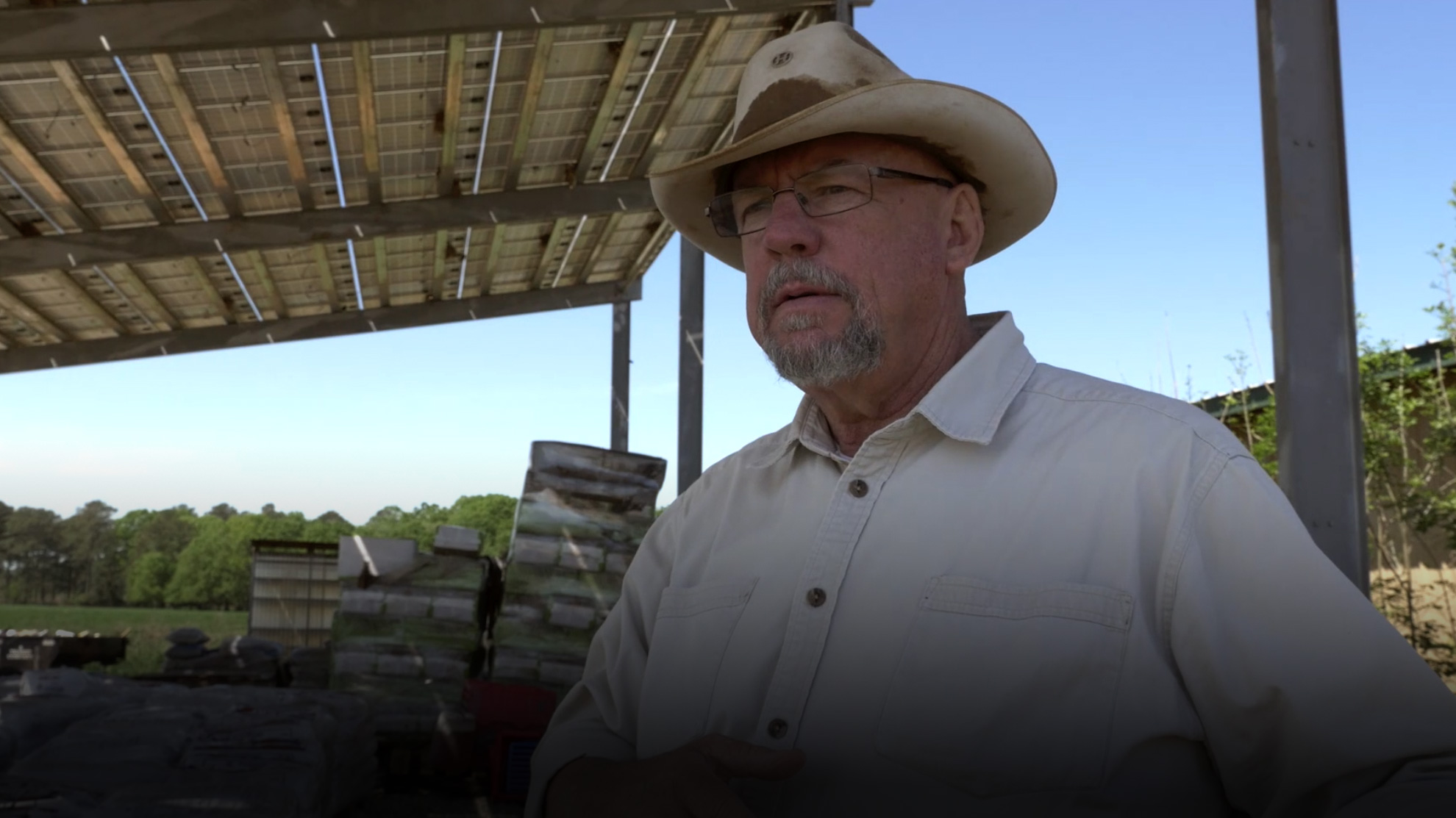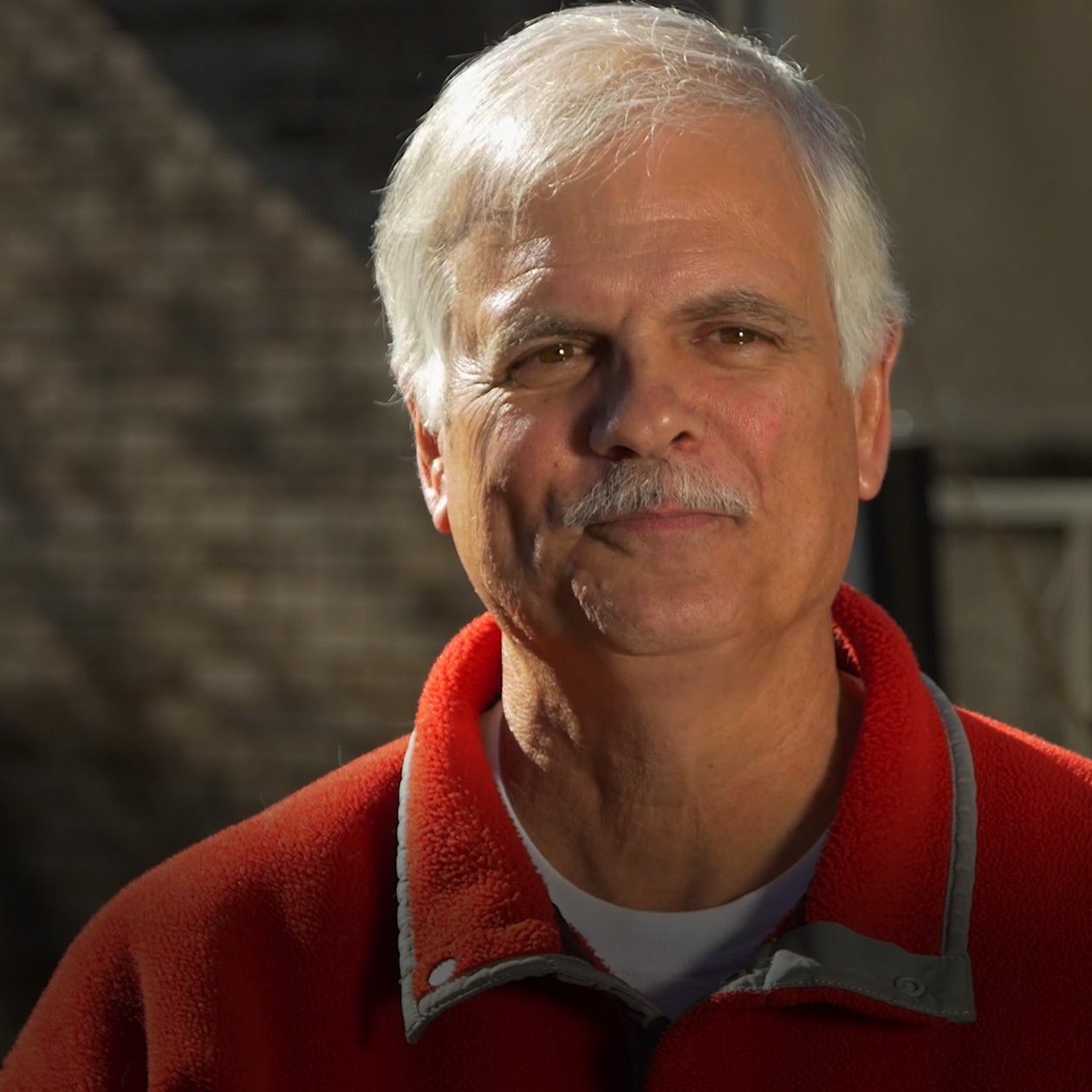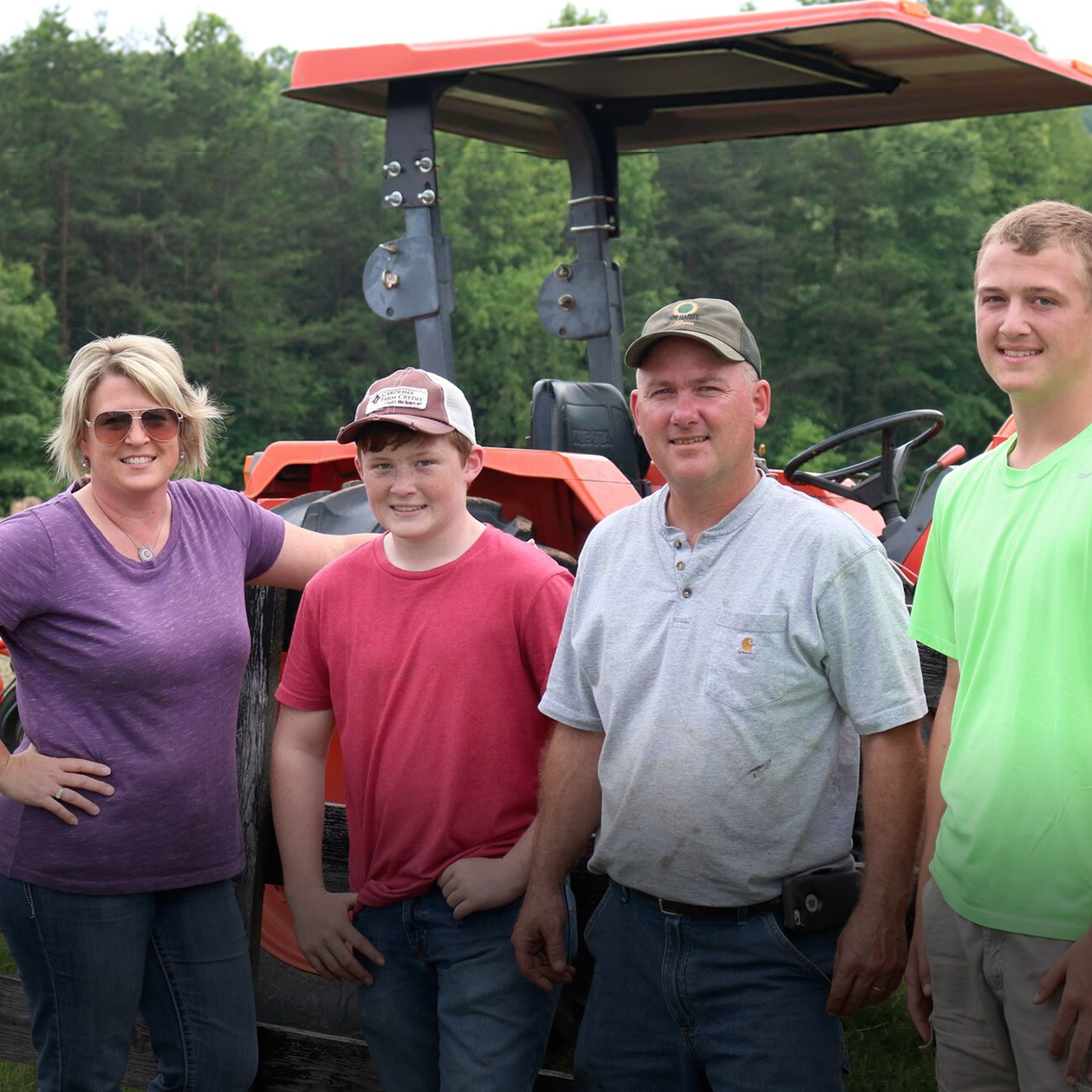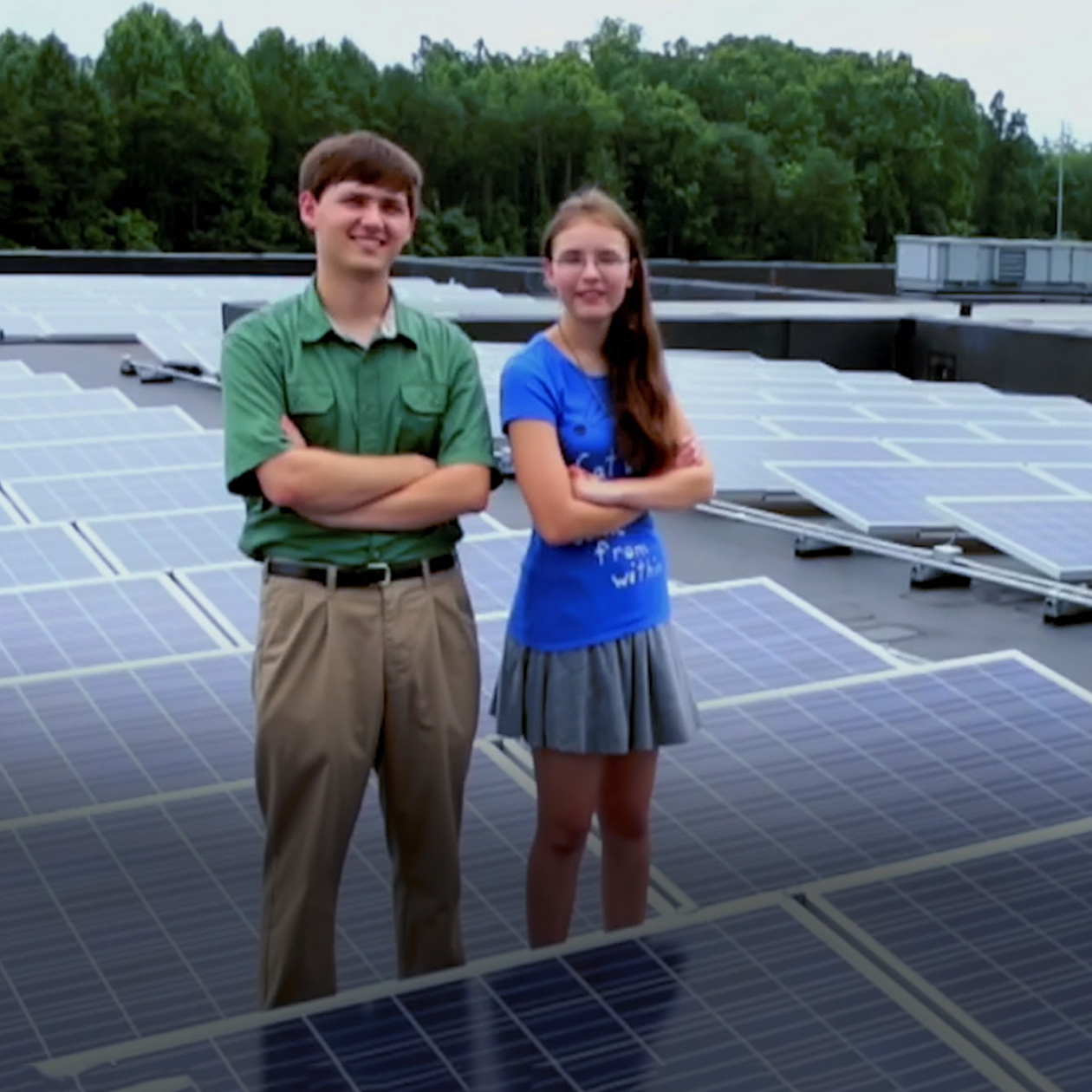Reverend Daniel Dice
When Reverend Daniel Dice became priest-in-charge at St. Timothy’s three years ago, he was hoping to breathe some new life into the congregation. Situated in a residential neighborhood in Decatur, Georgia, the 118-year old Episcopal church serves about a hundred parishioners, mostly African American and Caribbean.
“This congregation has been here for a long time,” Reverend Dice explains. “And we have a lot of loyal parishioners who are interested in finding new ways of reaching out to the community.”
For inspiration on how to help them do that, Dice looked skyward—not just to the heavens, but also to the sloped roof of the white-brick church.
“One of the very first things that we talked about was the possibility of doing a solar array on the roof,” he remembers. Not only would a solar array be a source of clean energy, but it would also—he hoped—help spark the congregation’s interest in protecting the environment.
“I have real concerns personally about climate change,” Dice says. And “I don't believe that we truly appreciate the gravity of the situation that we’re facing. We are the stewards, not the owners of all that we have, including the earth.”
Could solar panels help his parishioners become better stewards of the earth? Dice thought so, but with a small congregation and a smaller budget, funding the installation of a large solar array was out of the question.
That’s where Georgia Interfaith Power and Light came in. With the assistance of the environmental and religious non-profit, Dice’s church was able to connect with Hannah Solar, a for-profit solar installer based in Atlanta. Hannah Solar, in turn, helped the church apply for a coveted spot in Georgia Power’s lottery for the “Advanced Solar Initiative” or ASI.
“I really do believe it was the will of the holy spirit that we were able to do this project,” Dice explains.
With participation in the ASI secured, Hannah Solar agreed to shepherd the installation of a 14.5 kilowatt solar array on the roof of the church. Once the installation was complete, Hannah Solar would own the array, take advantage of the renewable energy tax credits, and pay a monthly rental fee to the church for use of its roof.
Reverend Dice calls Hannah Solar his “saving grace” in helping the church navigate the complexities of the solar installation and power sell-back process.
“For us, looking at that system from the outside would have been daunting at best and completely demoralizing at worst,” he explains. “We would have just washed our hands and walked away.”
For policymakers, then, Dice has this advice: “look into how to structure the system so that it's not so monolithic, so that everyone can engage in it in a way that's intuitive and easy.”
The rewards—both financial and spiritual—have been well worth the effort for St. Timothy’s.
The $3,000 the church now receives each year in rent helps fund a variety of programs, including the church’s renowned music ministry, its food pantry, and its annual Toys for Tots program.
“I don't know a nonprofit that isn't interested in finding new and exciting ways to accentuate funding opportunities,” Dice says, laughing.
Best of all, though, the congregation of St. Timothy’s has taken a renewed interest in the environment, and is now contemplating how else it might help care for it. A church-wide recycling program? Rainwater collection? A community garden? They’re all on the table.
“The solar panels are just the tip of the iceberg,” Dice says, beaming. “The congregation is so proud of the fact that we have accomplished this. We'll be doing much more, I hope, in the future.”




